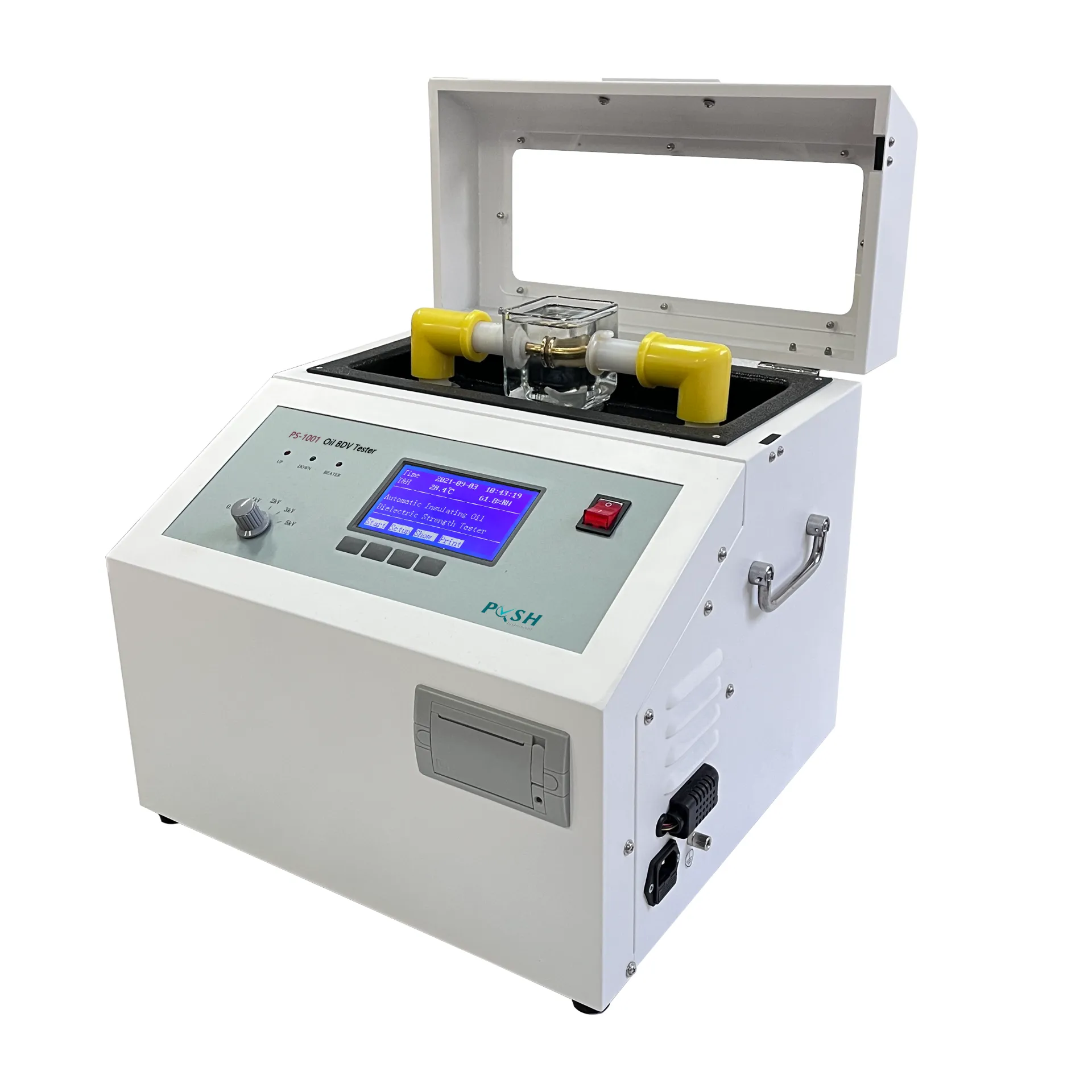 English
English



-
 Afrikaans
Afrikaans -
 Albanian
Albanian -
 Amharic
Amharic -
 Arabic
Arabic -
 Armenian
Armenian -
 Azerbaijani
Azerbaijani -
 Basque
Basque -
 Belarusian
Belarusian -
 Bengali
Bengali -
 Bosnian
Bosnian -
 Bulgarian
Bulgarian -
 Catalan
Catalan -
 Cebuano
Cebuano -
 China
China -
 China (Taiwan)
China (Taiwan) -
 Corsican
Corsican -
 Croatian
Croatian -
 Czech
Czech -
 Danish
Danish -
 Dutch
Dutch -
 English
English -
 Esperanto
Esperanto -
 Estonian
Estonian -
 Finnish
Finnish -
 French
French -
 Frisian
Frisian -
 Galician
Galician -
 Georgian
Georgian -
 German
German -
 Greek
Greek -
 Gujarati
Gujarati -
 Haitian Creole
Haitian Creole -
 hausa
hausa -
 hawaiian
hawaiian -
 Hebrew
Hebrew -
 Hindi
Hindi -
 Miao
Miao -
 Hungarian
Hungarian -
 Icelandic
Icelandic -
 igbo
igbo -
 Indonesian
Indonesian -
 irish
irish -
 Italian
Italian -
 Japanese
Japanese -
 Javanese
Javanese -
 Kannada
Kannada -
 kazakh
kazakh -
 Khmer
Khmer -
 Rwandese
Rwandese -
 Korean
Korean -
 Kurdish
Kurdish -
 Kyrgyz
Kyrgyz -
 Lao
Lao -
 Latin
Latin -
 Latvian
Latvian -
 Lithuanian
Lithuanian -
 Luxembourgish
Luxembourgish -
 Macedonian
Macedonian -
 Malgashi
Malgashi -
 Malay
Malay -
 Malayalam
Malayalam -
 Maltese
Maltese -
 Maori
Maori -
 Marathi
Marathi -
 Mongolian
Mongolian -
 Myanmar
Myanmar -
 Nepali
Nepali -
 Norwegian
Norwegian -
 Norwegian
Norwegian -
 Occitan
Occitan -
 Pashto
Pashto -
 Persian
Persian -
 Polish
Polish -
 Portuguese
Portuguese -
 Punjabi
Punjabi -
 Romanian
Romanian -
 Russian
Russian -
 Samoan
Samoan -
 Scottish Gaelic
Scottish Gaelic -
 Serbian
Serbian -
 Sesotho
Sesotho -
 Shona
Shona -
 Sindhi
Sindhi -
 Sinhala
Sinhala -
 Slovak
Slovak -
 Slovenian
Slovenian -
 Somali
Somali -
 Spanish
Spanish -
 Sundanese
Sundanese -
 Swahili
Swahili -
 Swedish
Swedish -
 Tagalog
Tagalog -
 Tajik
Tajik -
 Tamil
Tamil -
 Tatar
Tatar -
 Telugu
Telugu -
 Thai
Thai -
 Turkish
Turkish -
 Turkmen
Turkmen -
 Ukrainian
Ukrainian -
 Urdu
Urdu -
 Uighur
Uighur -
 Uzbek
Uzbek -
 Vietnamese
Vietnamese -
 Welsh
Welsh -
 Bantu
Bantu -
 Yiddish
Yiddish -
 Yoruba
Yoruba -
 Zulu
Zulu
ratio test of potential transformer
Understanding the Ratio Test of Potential Transformers
The ratio test of potential transformers (PTs) is an essential procedure used in the electrical engineering field to assess the accuracy and performance of these devices. Potential transformers are crucial for measuring high voltages in power systems by scaling down these voltages to a manageable level for metering and protection devices. Understanding how to evaluate their performance using the ratio test can significantly enhance reliability in power measurement and monitoring systems.
What is a Potential Transformer?
A potential transformer is an instrument transformer designed to produce a secondary voltage proportional to the primary voltage. This allows the measurement of high voltages in a circuit by generating a much lower voltage that can be safely measured by standard metering equipment. Typically, they operate on the principle of electromagnetic induction, and their accuracy is vital for the proper functioning of various electrical systems.
Importance of the Ratio Test
The ratio test aims to ensure that the potential transformer operates within specified accuracy limits, confirming that the voltage ratio between the primary and secondary windings remains consistent. This test is particularly important because any erroneous readings can lead to significant miscalculations in electrical systems, which might ultimately cause operational inefficiencies or even safety hazards.
How is the Ratio Test Conducted?
The ratio test is conducted by comparing the actual output voltage of the transformer to its expected output voltage based on the primary input
. The steps involved in conducting a ratio test for a potential transformer typically include1. Preparation Ensure that all necessary equipment is available, including a calibrated voltmeter for measuring the secondary voltage, and a reference voltage source. Ensure the potential transformer is properly isolated and safe to work with.
ratio test of potential transformer

2. Connection Connect the primary side of the transformer to a known voltage source, and the secondary side to the voltmeter. It is crucial to confirm the polarities to avoid incorrect measurements.
3. Measurement Apply a known voltage to the primary side and record the voltage on the secondary side. Typically, multiple readings are taken at different voltage levels to obtain a comprehensive assessment of the transformer's performance.
4. Calculation Calculate the voltage ratio by dividing the secondary voltage by the primary voltage. This ratio should ideally match the rated transformation ratio specified by the manufacturer.
5. Analysis Compare the calculated ratio with the transformer's rated ratio. If the discrepancy exceeds specified limits, further investigation is warranted to determine the cause of the deviation, which could include issues with the transformer's windings, connections, or internal components.
Compliance with Standards
It is essential that potential transformers conform to international standards, such as those set by the International Electrotechnical Commission (IEC) or the American National Standards Institute (ANSI). These standards provide guidelines for acceptable error limits in voltage transformation and stipulate the procedures for conducting various tests, including the ratio test.
Conclusion
The ratio test of potential transformers is a fundamental procedure in maintaining the reliability and accuracy of electrical measurements in power systems. By ensuring that PTs operate correctly, utilities and industries can avoid costly errors and safety risks. Regular testing and adherence to standards ensure that these crucial devices perform optimally, thereby supporting the integrity of electrical systems. Effective implementation of this test aids in the smooth operation and longevity of power infrastructure, thereby contributing to a safer and more reliable energy supply. As the demand for accurate power measurement continues to grow, the significance of thorough testing protocols like the ratio test cannot be overstated.
-
Transformer Test Essentials: Insulating Oil Tester and TypesNewsMay.30,2025
-
Grease Testers and Oil Determination OverviewNewsMay.30,2025
-
Exploring Electricity Usage Testers and GeneratorsNewsMay.30,2025
-
Essential Guide to Transformer Oil Testing ToolsNewsMay.30,2025
-
Ensuring Safety with a Circuit Breaker FinderNewsMay.30,2025
-
Electrical Safety Tools Hipot, Dielectric, VLF TestersNewsMay.30,2025



